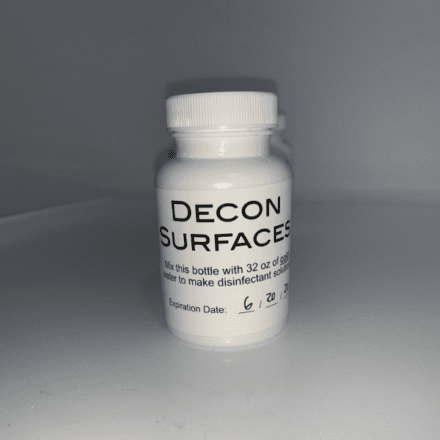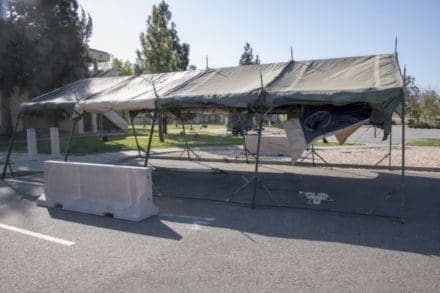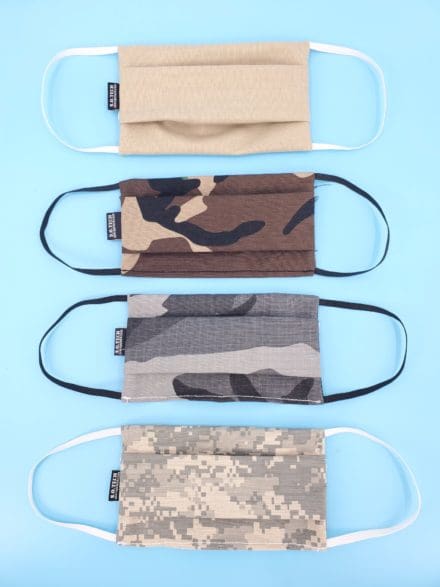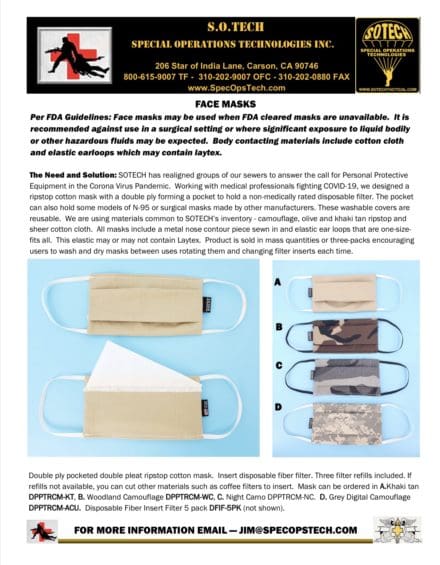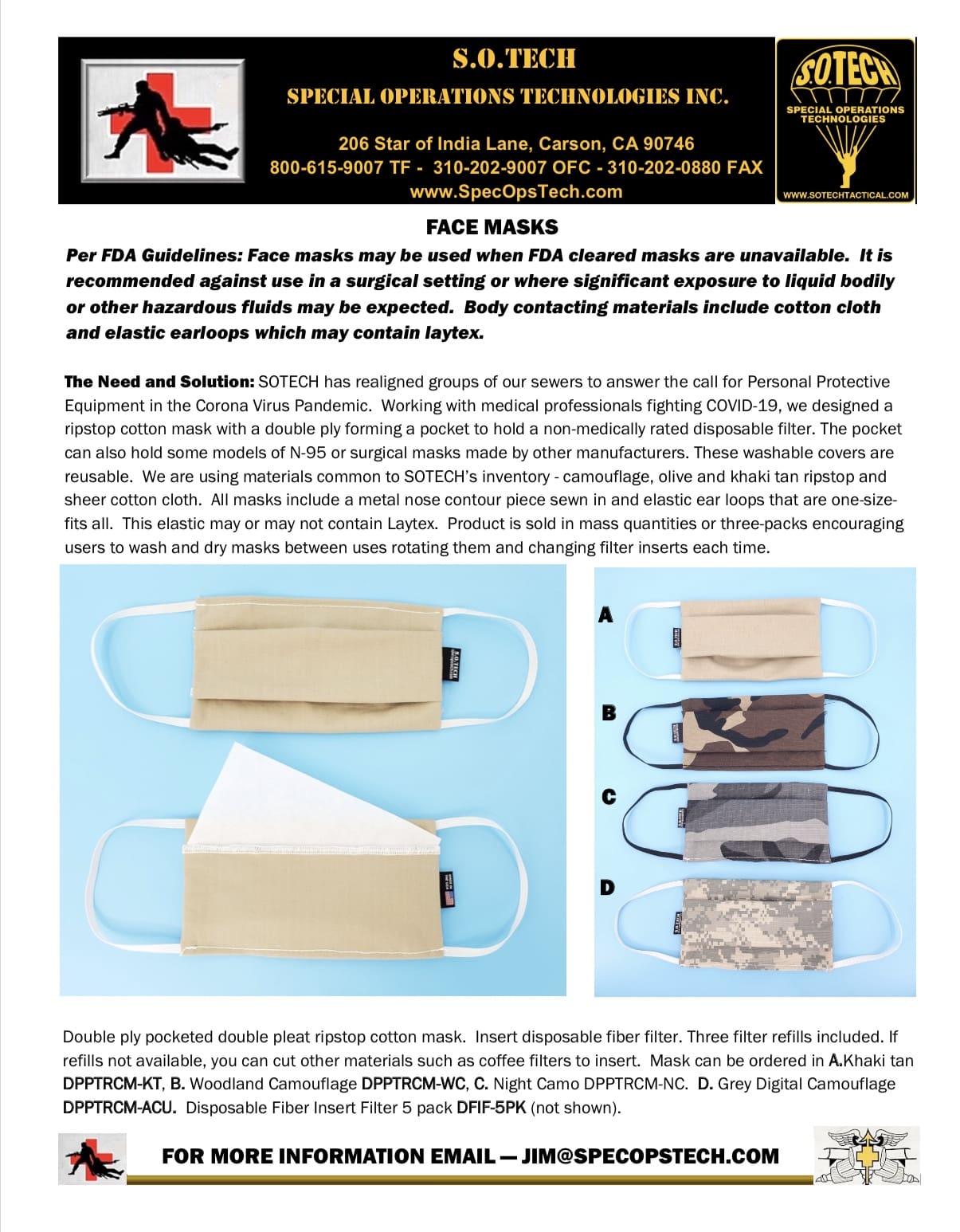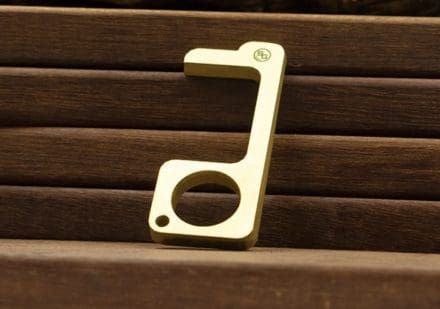Switching from Drybags to Face Shields, Watershed helps WNC gear makers produce 1,000,000 units a month
Asheville, NC (March 29, 2020) – Known for their top of the line submersible packs, duffels and cases, Watershed Drybags joins the ranks of Kitsbow, Industry Nine and Oowee Products in creating hundreds of thousands of face shields in response to the coronavirus pandemic. The brand, who also outfits several military units including the Navy SEALs, is assisting by cutting out clear polycarbonate shields to be used in the end design of the reusable, protective medical equipment.
Led by cycling clothing company, Kitsbow and cycling component brand, Industry Nine, the foursome went from manufacturing their own products to pumping out thousands of face shields a week within days. By working together on sourcing, production and development, the brands shifted into high gear cutting 30,000+ shields ready for assembly in just one day (on March 27).
“Industry Nine CEO and friend, Clint Spiegel, called me after hours on Tuesday March 24, wanting to see if our automated cutting table could cut the shield material. We rushed some personnel back to the shop, and within 30 minutes had laid out the patterns and successfully cut parts. We are proud to be contributing to the nationwide effort at PPE production.”
The shields will be distributed regionally and nationally to medical professionals and first responders and began shipping on Saturday (March 28). The goal is to make and ship 1,000,000 a month. See www.kitsbow.com/collections/medical for more information on the PPE products.
Watershed Drybags are known for their patented Drybag technology that uses their one-of-a-kind ZipDry closure system, abrasion resistant polyurethane-coated fabric and radio frequency welded joints. The end result is a bag so airtight and watertight it can endure up to 300 feet of underwater pressure. Their bags were born from a love of whitewater kayaking, but have filtered into many arenas over the years such as preppers/survivalists, the military, and mountain biking.



